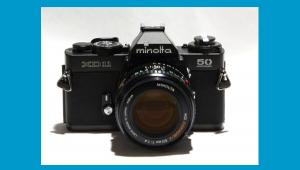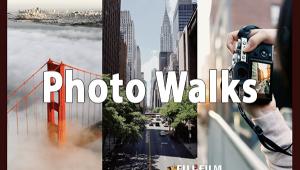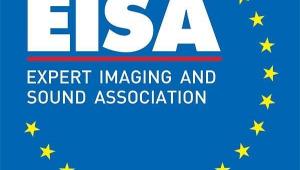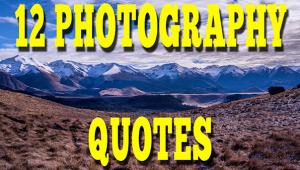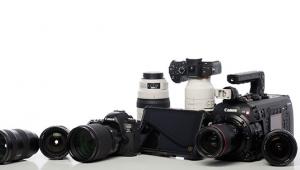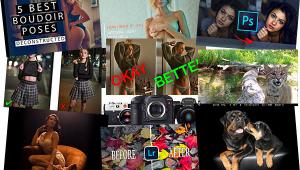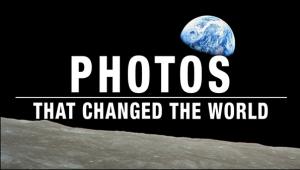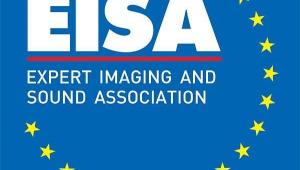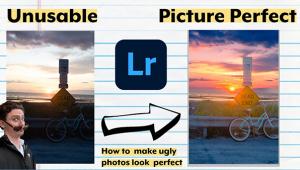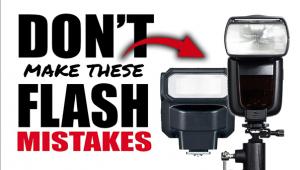NIKON D3 “Full Frame” DIGITAL SLR

Images taken with the D3 reflect exceptional overall quality, broad tonal range
and depth, along with extremely low-noise throughout its normal ISO range of
200 to 6400. By setting the camera to its built-in options of Lo-1 or Hi-2,
the ISO range of the camera can be expanded to the equivalent of ISO 100 or
ISO 25,600. The D3 also features an entirely new 51-point auto focus system
with Nikon's 3D Focus Tracking feature and two new LiveView shooting modes
that allow photographers to frame a photograph using the camera's high-resolution
LCD monitor. The D3 uses the world's first Scene Recognition System to
greatly enhance the accuracy of auto focus, auto exposure and auto white balance
detection in the camera by recognizing the subject or scene being photographed
and applying this information to the calculations for the three functions.
Nikon has developed the D3 as its first digital SLR camera that features the
Nikon FX-format CMOS sensor to meet the real-world requirements of its professional
customers. The D3 delivers full resolution 12.1 megapixel images at up to nine
frames per second when used with conventional AF-Nikkor lenses. When used with
DX Nikkor lenses, the D3 automatically switches to the DX-format mode that uses
a cropped portion of the sensor to generate 5.1 megapixel resolution images.
While in this mode, the D3 automatically masks the portion of the viewfinder
that will not be photographed and enables the capability to shoot up to 11 frames
per second.
Both Nikon FX and DX-formats provide their own advantages, and Nikon recognizes
that both formats are necessary in order to satisfy its diverse customer demands.
Based on this recognition, Nikon will strengthen its D-SLR lineup with the addition
of the D3 FX-format SLR camera and a broadened assortment of Nikkor interchangeable
lenses, while continuing to develop and market high-performance DX-format cameras
and lenses.
The D3 introduces a range of innovative technologies including Nikon's
exclusive Scene Recognition System that advances the use of Nikon's acclaimed
1,005-segment sensor to recognize colors and light patterns that help the camera
determine the subject and the type of scene being photographed, before an image
is captured. This information is also used to improve the accuracy of auto focus,
auto exposure and auto white balance detection functions in the D3. For example,
the camera can track moving subjects better in all directions and by identifying
them it can also automatically select focus points faster and with greater accuracy.
It can also analyze scene highlights and more accurately determine exposure,
as well as infer light sources to deliver more accurate white balance.
The D3 incorporates Nikon's new Multi-CAM 3500FX auto focus module that
features an intelligent array of 15 cross-type sensors and 36 horizontal sensors.
These sensors can either be used individually or in groups, with the option
for Single Area AF mode and Dynamic AF modes using groups of either 9, 21 or
all 51 focus points. The system also features 3D Focus Tracking with automatic
focus point switching that takes advantage of all 51 AF points as it uses color
and light information to accurately track the subject. Nikon's new Scene Recognition
System and improved focus algorithms also contribute to the impressive performance
of the new 51-point AF system.
Nikon's new Picture Control System makes it easy for users of all experience
levels to select and apply adjustments to how their pictures are rendered and
create optimized settings to suit their individual preferences. The same settings
produce consistent picture tone, even when using different camera bodies. The
Picture Control System offers four basic setting options -- Standard, Neutral,
Vivid and Monochrome. These can be directly modified for easy adjustment and
customization of image parameters, such as sharpening, tone compensation, brightness
and saturation. Photographers can customize and store up to nine customized
options in the D3 and export up to 99 to a CF memory card, enabling photographers
to share settings among multiple D3 cameras.
The D3 features a new Active D-Lighting mode that, when enabled, provides remarkable
real-time highlight and shadow correction with optimized image contrast. Active
D-Lighting produces broader tone reproduction in both shadows and highlights
by controlling highlights and exposure compensation while applying localized
tone control technology to achieve a more pleasing level of contrast across
the entire image. And because the advantages of Active D-Lighting are applied
as images are captured, image editing time can be shortened.
The D3's LiveView feature offers two modes for confirming subjects and
composition on the new 920,000-dot, high-resolution 3-inch LCD monitor while
shooting. The Tripod mode is designed for precise focus and accuracy when the
camera is on a stable platform and the subject is not moving. In this mode,
the camera focuses on the subject using focal-plane contrast and any point on
the LCD screen can be selected as the focus point for the picture. The second
mode, called Handheld mode, allows photographers to use the camera's conventional
TTL focusing system, with all 51-points and 15 cross-type points available.
When using this mode, the camera activates focusing immediately when the shutter
button is pressed, to ensure accurate focus.
The D3 has the fastest reaction times of any camera in its class. Its shutter
release time lag is only 37 milliseconds, and its start-up time is approximately
0.12 seconds. It is capable of continuously shooting approximately nine frames
per second in full resolution with FX-format, up to 64 consecutive frames in
JPEG, Normal compression. For NEF (RAW) files, the D3 can shoot up to 20 or
up to 17 consecutive frames depending on whether it is set to 12-bit or 14-bit
images. When using a DX-format lens, the camera automatically switches to DX-format
mode, adjusting the resolution of the camera to 5.1 megapixels. In the DX-format
mode, photographers also have the opportunity to increase the speed at which
the camera can take pictures by limiting the auto exposure and going up to 10
frames per second or limiting both auto exposure and auto focus and going up
to 11 frames per second.
The camera's viewfinder provides virtually 100 percent coverage for accurate
framing, while an ultra-high definition, 920,000-dot VGA LCD screen on the rear
of the camera displays images with vivid color and clarity. The 170-degree wide
viewing angle makes composing shots using the LCD screen in LiveView mode easy.
The D3 also features a unique Virtual Horizon digital level sensor that indicates
the camera's alignment relative to the true horizon on the rear LCD screen
or in the viewfinder.
The D3 also features two CompactFlash card slots that can be used for consecutive
recording (overflow), simultaneous recording (backup), separating recording
of RAW and JPEG files or even copying pictures between the two cards. Images
can be displayed directly from the camera to a high-definition monitor using
the camera's HDMI port and an optional cable.
The D3 is designed for professional use in demanding conditions. The exterior
of the D3 is crafted of magnesium alloy and the camera's shutter mechanism
is tested to 300,000-cycle releases. The 3.0-inch LCD is strengthened with tempered
glass and the D3's comprehensive array of rubber gaskets and seals protect
vulnerable entry points from dust and moisture.
Price and Availability
The D3 will be available from authorized Nikon Professional Dealers beginning
in November 2007 for an estimated selling price of $4,999.95. With the introduction
of the D3, Nikon's current lineup of digital SLR cameras now includes
the new D3, D2xs, D300, D200, D80, D40x and D40.
www.nikon.com


